Broken Link Repair – Updated and Repaired Link to the Wikipedia Article Citation (Reference 6: “Demonstrator Projects Now Signed” on the page devoted to the UK (Defra) New Technologies Demonstrator Programme)
Quick Answer and Link:
If you have arrived from Wikipedia (https://en.wikipedia.org/wiki/New_Technologies_Demonstrator_Programme#The_scheme) the quick link to an updated copy of that original article cited is available on the MRW website here.
Detailed Explanation of this Broken Link Repair:
The article to which we have provided the link above, was published originally 24 November 2006, and the version now available was updated on 26 April 2010 8:09 am by Andrea Lockerbie. To preserve the meaning of the article and protect loss of this information in the event of MRW unpublishing this historic material in the future, we are of course unable to provide the exact article here due to copyright, however, we have summarised the article in our own words, as follows:
All Waste Technologies Demonstrator Projects Now Signed
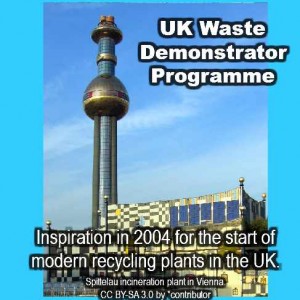 All 9 of the Governments New Technologies Demonstrator Programme jobs have actually now been signed. The Department for Environment, Food and Rural Affairs (Defra) has validated them to commence.
All 9 of the Governments New Technologies Demonstrator Programme jobs have actually now been signed. The Department for Environment, Food and Rural Affairs (Defra) has validated them to commence.“If we can get as many of the demonstrators running by 2009 then we have actually attained our objective of getting them in place before the 2010 targets;”
[box type=”info”] Original citation link on Wikipedia page was: http://www.mrw.co.uk/homepagePBP_NADetail_UP.aspx?ID_Site=534&ID_Article=15718&mode=1&curpage=0[/box]
A Review of the Ebook “An Introduction to Landfill Gas Extraction Systems”
Welcome to this review for the ebook “An Introduction to Landfill Gas Extraction Systems”. This ebook is a comprehensive guide for anyone involved in landfill gas extraction design, installation, operation, and maintenance, as well as landfill gas energy from waste (EfW) projects. About the Author The author, Steve Last, provides over 50 pages of essential […]
5 Top Household Municipal Solid Waste Sorting Equipment Technologies
It is important that our readers know about the 6 top household Municipal Solid Waste sorting equipment technologies as more and more waste is diverted away from landfills for recycling, and a more sustainable circular economy grows. That's because the proper management of household municipal solid waste (MSW) is crucial for both environmental and public […]
How a Food Waste Separator Makes Disposing of Leftovers Easier
A food waste separator makes it easy to dispose of leftovers and scraps of food. This machine is usually equipped with an auger that pushes the waste into the separator unit itself. Various shaped paddles and rods in the separator press the food waste through screens. The separated material drops out as a slurry, with […]
Reuse Old Materials by Applying These Furniture Recycling Ideas
When the time comes to replace your kitchen, why not reuse (repurpose) old materials by applying these furniture recycling ideas/ tips? It's tempting to just throw the existing cabinets away and start from scratch. That's not only unnecessary, it's wasteful. That's because the majority of kitchen cabinet materials are non-recyclable. This creates a significant problem […]
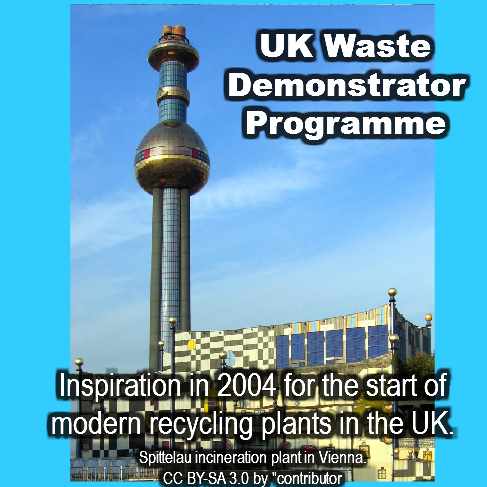
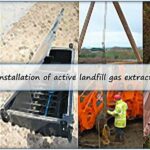



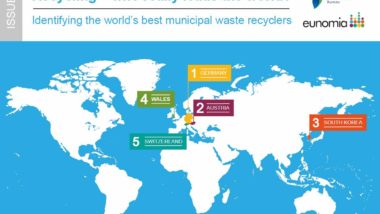
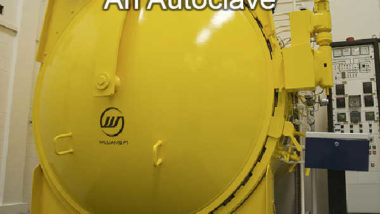
Thanks for an interesting flashback to the Government’s New Technologies Demonstrator Programme. Looking back, it was this that showed how really quite simple biogas facilities could produce biogas from the organic fraction of MSW, and started a lot of people thinking. Hey. This could work?! Now look at how many large AD plants there are working after MRFs in MBT facilities.
One of the demonstrator projects included the construction of a novel vertical aerobic composting system which was in a building to stop odours escaping so could be built in towns near houses, and had a very small footprint area, because it was vertical. Your article is good so far, but where can I find information on that composting system now?
It was a very progressive move for the UK government to spend money in the demonstrator programme to help a struggling technological improvement take place. This is a good model for other governments to copy, when technology needs to be developed for the national and global good. Has it been done since in other countries?
Hello there! Do you know if any of the original plants are still working? If they have shut-down did the funding achieve a good result?